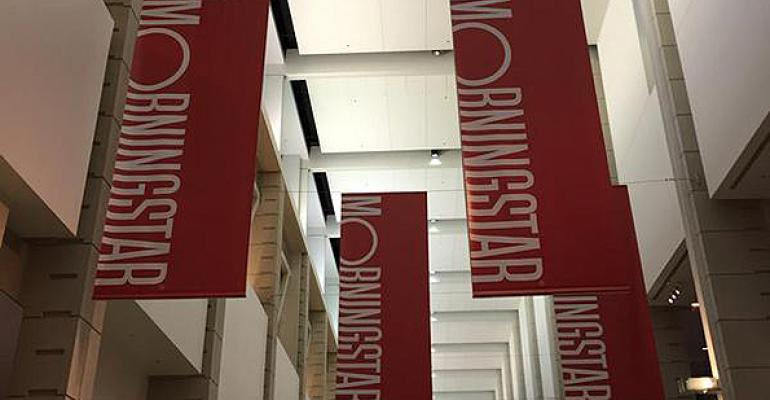The growth of exchange traded funds has outpaced traditional mutual funds for a few years now, and has crossed $3 trillion globally. The have benefited from the wider trend toward indexing and passive investing, and account for some 20 to 30 percent of the daily trade on the stock exchanges.
And now the funds are evolving. About 25 percent of new launches are in the so-called “smart beta” or “strategic beta” category that seek to improve on a passive traditional index by changing its composition. That includes equal-weighting and traditional factor investing, or screening for size, momentum or value, but also by increasingly complex formulas around revenue, volatility, risk. There are multi-asset strategic beta ETFs, and ones focused on non-traditional commodities.
So how do advisors navigate what Morningstar analyst Ben Johnson called “the blurred line between innovation and proliferation?” And while strategic beta funds are cheaper than their actively managed counterparts in the mutual fund space, they are only marginally so. Are they worth it?
“All indexing has some kind of active bed. The drivers are coming from some kind of decision,” but alternative weightings of traditional indexes tend not to live up to their promise, said Doug Yones, head of domestic equity indexing and ETF product management at Vanguard. “Active managers have cost working against them and they have performance working against them. Smart beta fills the void that active used to play, but the drivers are usually underweighting and overweighting. You can do that a lot less expensively” with a portfolio of traditional ETFs.
Many ETFs are launched based on indexes that are less than a year old. Yones said fund companies mine the historical data to create indexes that outperformed the traditional benchmarks, but that performance usually will not persist.
Vanguard studied 350 ETFs that used narrower or alternative weightings of traditional indexes, and found that those benchmarks had excess returns of 10 percent prior to the fund launch, but fell behind after. “It’s not performing the way it is intended,” he said. “We have concerns about the investment philosophy.”
Michael Arone, chief investment strategist for the U.S. intermediary business at State Street Global Advisors, suggested that when strategies that prove valuable over long time frames are put into funds that can trade daily, “the challenge becomes behavioral.” He said advisors needed to stress to clients that even though these funds can be rapidly traded, the benefit is in buying and holding. “You won’t always feel smart using them all the time.”
Actively managed ETFs remain a fraction of the market, at less than 1 percent of all outstanding funds and 7.6 percent of the assets. There may be benefits in some of the strategies, but it’s rare, suggested Matthew Raynor, managing director at BlackRock's iShares. Consider that the cost savings can often be offset by the turnover in the funds.
Yones suggested actively managed funds are one way active managers can get their strategies in front of an advisor without going on their platform. “They can find you on the exchange.”





